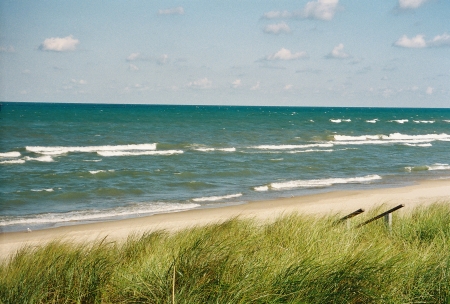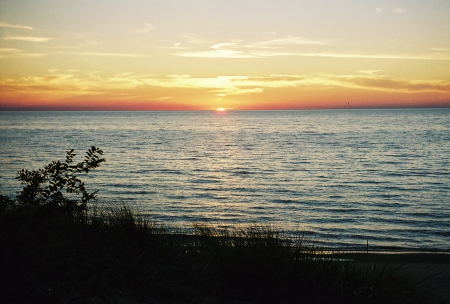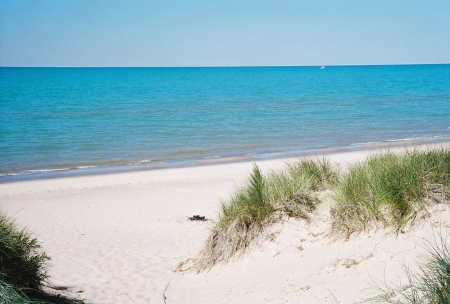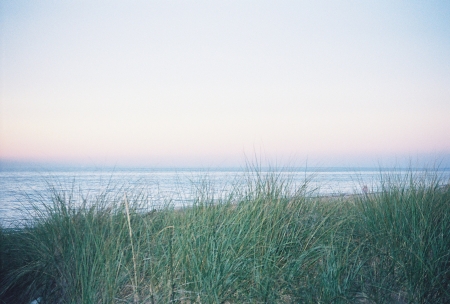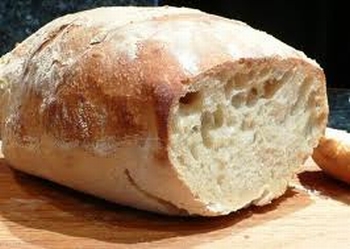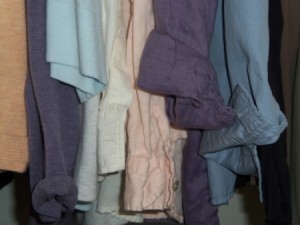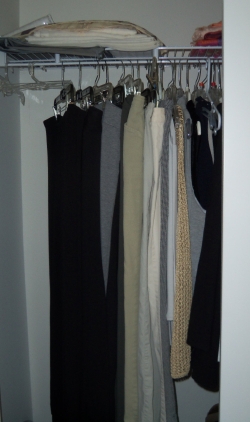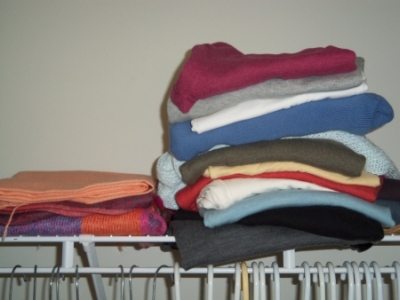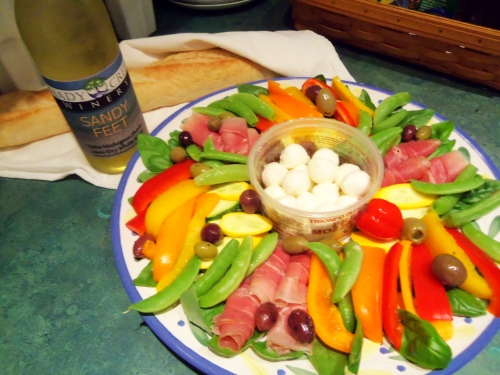Here’s an excerpt from an article by Shamus Cooke that offers his explanation – and a credible one – of why politicians are manufacturing the budget crisis. In my opinion, it certainly isn’t concern about spending a few hundred billion, considering these same politicians handed over trillions of dollars to big investment banks and, even now, can’t account for where that money went.
So why the big debate over raising the debt ceiling for a few hundred billion that would benefit millions of Americans? Cooke’s main reasoning is quoted below. Read the full article “Trillion Dollar Hair Splitting: The Fake Budget Debate in Washington D.C.” at GlobalResearch.ca.
Better yet he goes on to explain why resistance to big cuts at the local level is so important to stopping them. Read on.
“As the President wages a “battle” over secondary budget issues, such as how best to make $4 trillion in cuts, the main issues are already agreed upon. Economist Richard Reich helps explain:
“…the Democratic leadership in Congress refuse to refute the Republicans’ big lie — that spending cuts will lead to more jobs. In fact, spending cuts now will lead to fewer jobs. They’ll slow down an already-anemic recovery. That will cause immense and unnecessary suffering for millions of Americans”
“The president continues to legitimize the Republican claim that too much government spending caused the economy to tank, and that by cutting back spending we’ll get the economy going again.” (April 10, 2011).
This two-party big lie is not an accident, but an expression of a deeper held belief: that the U.S. government must be directed to meet the needs of the super wealthy who own U.S. corporations. Holding this belief requires that you gut social programs (since corporations hate paying taxes) and privatize everything publicly owned (so corporations can own them for profit).
As long as both Democrats and Republicans agree to these deeper beliefs, the country will shift continually to the right, with social programs and living standards evaporating. However, the stronger that labor and community groups unite and fight to save these social programs, the harder will it be to cut them; out of such a struggle will emerge practical solutions to solving the deficit problems of the country, such as dramatically increasing the taxes on the rich and corporations so that jobs can be created and social programs saved.”
Shamus Cooke is a social service worker, trade unionist, and writer for Workers Action (www.workerscompass.org).
You may also like Prisons For Profit, Life of Water; Water of Life.
